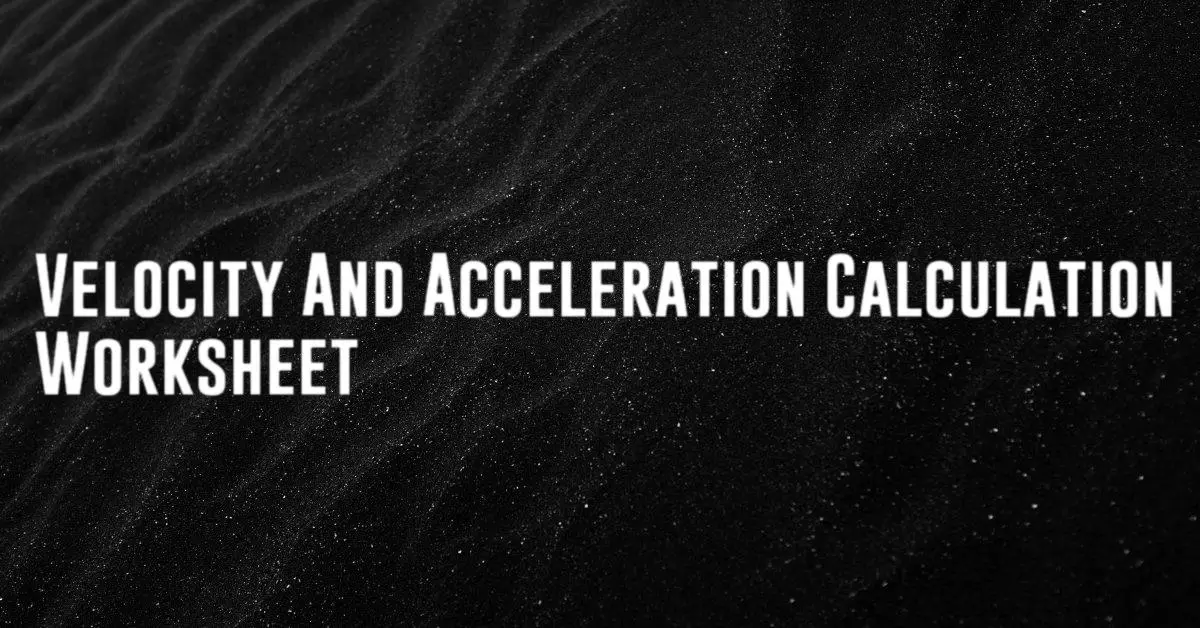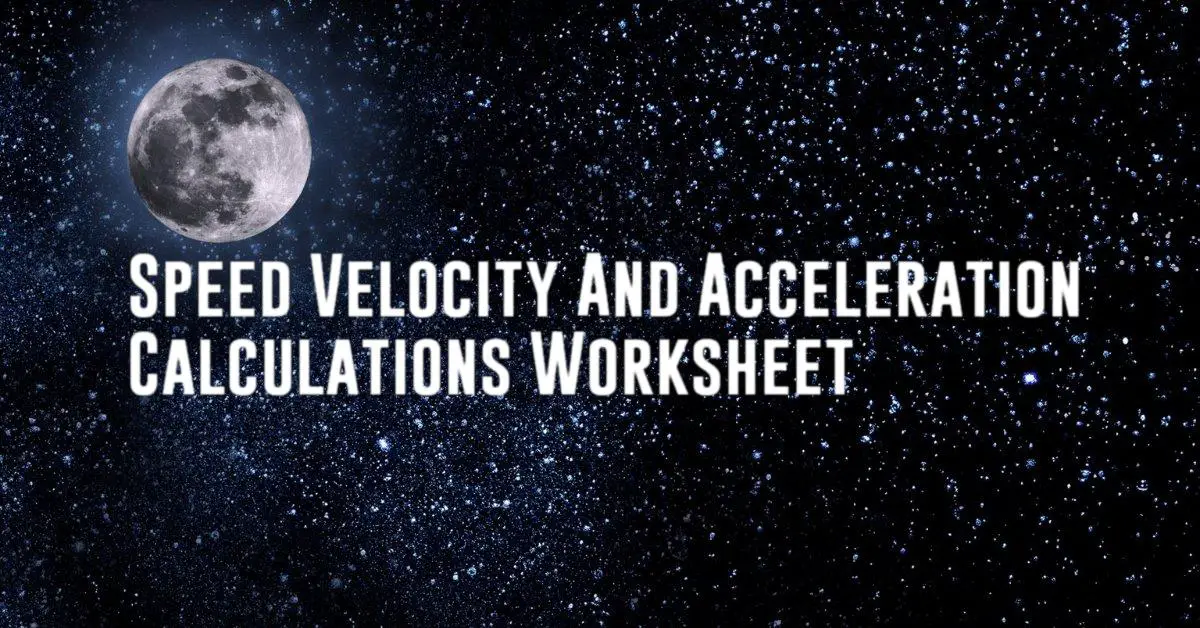Vibration Conversion Calculator
If you are looking to convert vibrations from one unit of measurement to another, you have come to the right place. Our Vibration Conversion Calculator makes it easy to convert between different vibration units, such as displacement, velocity, and acceleration. Whether you are a professional in the field of engineering or simply curious about vibrations, this tool can help you quickly and accurately convert your data.
Understanding Vibration Units
Vibrations are an important aspect of many engineering and scientific disciplines. They can be measured in various units, each of which provides different insights into the characteristics of the vibrations. The three main types of vibration units are displacement, velocity, and acceleration. Displacement measures the distance that a vibrating object moves from its resting position, while velocity measures the speed at which the object is vibrating. Acceleration, on the other hand, measures the rate at which the velocity of the object is changing.

How to Use the Vibration Conversion Calculator
Using our Vibration Conversion Calculator is simple and straightforward. All you need to do is input the value you want to convert, select the units of measurement you are converting from, and choose the units you want to convert to. The calculator will then provide you with the converted value in a matter of seconds. Whether you are working with metric or imperial units, our calculator can handle both with ease.
Benefits of Using a Vibration Conversion Calculator
There are several benefits to using a Vibration Conversion Calculator. Firstly, it saves you time and effort by providing quick and accurate conversions. This can be helpful when working on projects that require multiple conversions or when you need to convert data on the fly. Additionally, using a calculator ensures accuracy in your conversions, reducing the risk of errors in your calculations. Finally, having a tool like this at your disposal can help you better understand and analyze vibration data, leading to improved decision-making in your work.
Common Vibration Units
Some of the most common units of measurement used in vibration analysis include millimeters (mm) for displacement, millimeters per second (mm/s) for velocity, and meters per second squared (m/s^2) for acceleration. Other units that may be used include micrometers (µm) for displacement, inches per second (in/s) for velocity, and G-forces (g) for acceleration. Our Vibration Conversion Calculator can handle conversions between these and many other units, making it a versatile tool for professionals in various fields.
Conclusion
Whether you are an engineer, scientist, or student, converting vibrations between different units of measurement is a common task that can be made easier with the use of a Vibration Conversion Calculator. By using this tool, you can save time, ensure accuracy in your calculations, and gain valuable insights into the characteristics of the vibrations you are working with. So next time you need to convert vibration data, be sure to rely on our helpful calculator for fast and reliable results.






